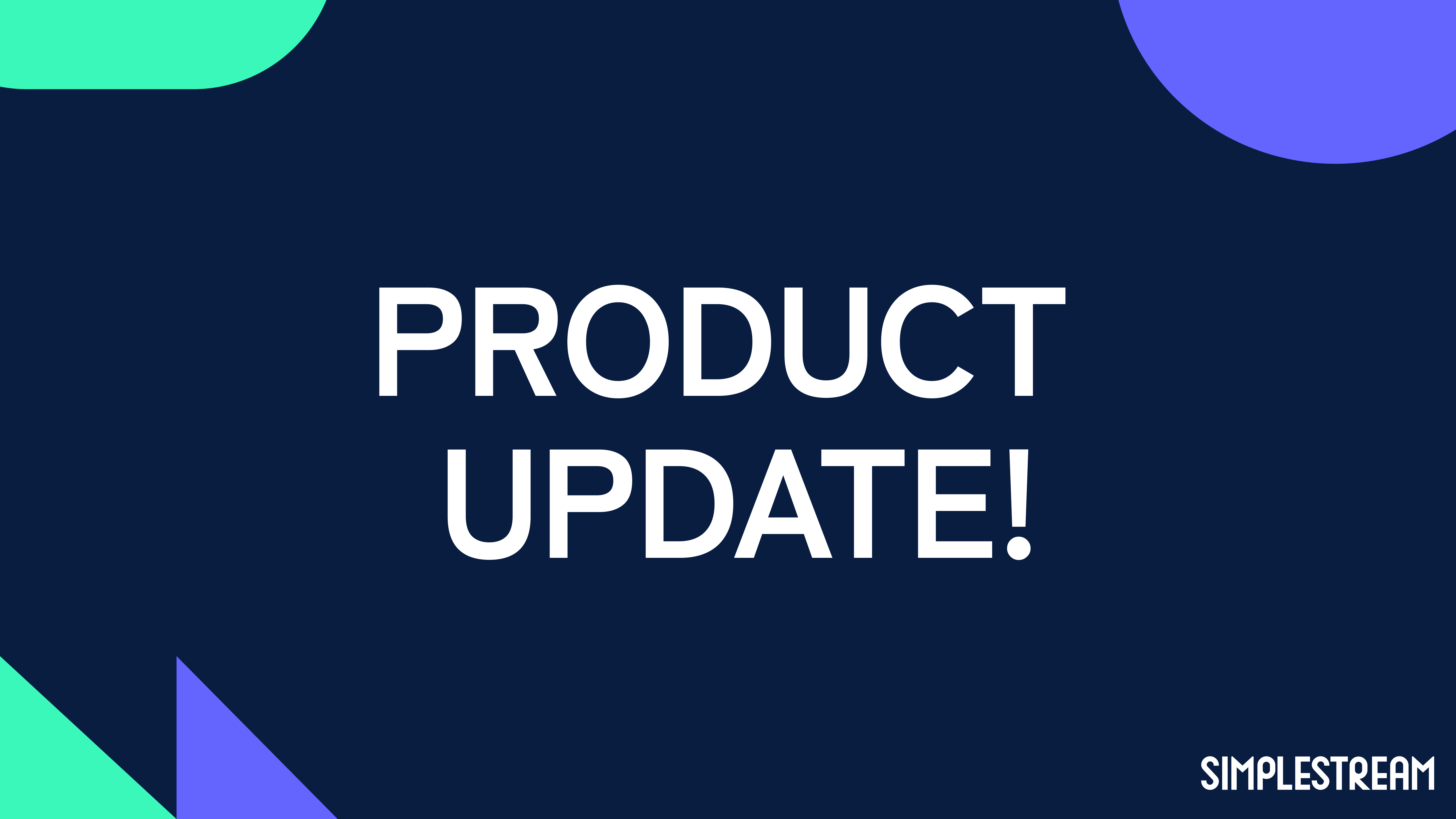Needle in a haystack: the challenge of normalising metadata
The world of video content moves quickly, and in this scenario, it's paramount for operators in the streaming space to create seamlessly functioning architectures. Read on.
The world of video content moves quickly. It’s in ceaseless motion, and this goes hand in hand with technological advancement. In this scenario, it becomes paramount for operators and distributors in the streaming space to create seamlessly functioning architectures. It’s all about tech stacks that must normalise workflows and bring together data from multiple existing services. Of course, this is far easier said than done as content owners wish to enhance their offering with a feed of growing requirements which platform operators have for their own streaming services. Progress is perpetual, think of ratings for movies and series, specific categories for niche programming, or even broadcast identifiers.
As platform operators look to solve the existing challenges of ‘going OTT’, key items still need plenty of attention from technology providers to allow for a transition, or in many cases dual running between the old and new. You don’t want to throw the baby out with the bathwater. An export from a playout service, for instance, can include 20 or 30 different values and even then, a single provider may not have all the information. While a content owner might know exactly which actors are in a specific film, it may be unlikely that they know when this will playout. The data from an EPG provider may be needed to provide this information, and again, content can need normalising to remove adverts or enhance information, adding in a third or fourth source of data.
This is only the beginning, once the content metadata has been obtained, services then need the videos or thumbnails which require more integrations. Media Asset Management (MAM) is a specialised form of Content Management System and serves platforms as a large repository of any type of media files. From large video items to imagery, the archive of content that powers a streaming service is the backbone content providers usually avoid replacing. The migration of often chunky backlogs of content is expensive, as well as essential storage services. Needless to say, the ability of operate in a totally agnostic way – when it comes to existing online video platforms or MAMs – is integral to functioning deployments for tech providers.
.png)
What does the future look like?
To date, no best practice has been established to deal with what can be considered one of the biggest challenges operating in the streaming space presents. Specifications have been outlined by DVB, Google, the DTG and various technical working groups, yet tech providers are still dealing with a set of requirements that are often quirky, and certainly unique to clients.
The way to go – for companies like Simplestream – is to devise workflows to convert data and values into a standardised format, to work seamlessly with APIs, and to support custom metadata values using a common format, for example outputting metadata as part of JSON API payloads, then passed on to downstream applications or transferred again to form output standards. This way not only does a better understanding of the customer’s requirements become possible, but it’s also much clearer to understand the addressable market in a more impactful way. Does a customer need to target ads to a user based on a specific genre, or do operators on a specific platform wish to include service information for downstream providers? These are all valid points, to be managed accordingly, with technology that can adapt to the needs of customers operating in numerous verticals. Think of news broadcasting channels needing presenter data to be always available, or teleshopping brands needing to showcase updated pricing, especially when discounted.
The normalisation of metadata is an ongoing challenge. Reorganising data that comes as part of the ‘video’ package is integral to understanding business needs. It can be like finding a needle in a haystack, so the removal of any unstructured or redundant data to enable a more logical way of compounding that set of data (where possible) is a must. In today’s streaming and OTT landscape, the aggregation of services and technology sits on the shoulders of metadata.
This article originally appeared on the IABM Journal 126, released online and in printed format ahead of IBC 2023. Click here to learn more.


